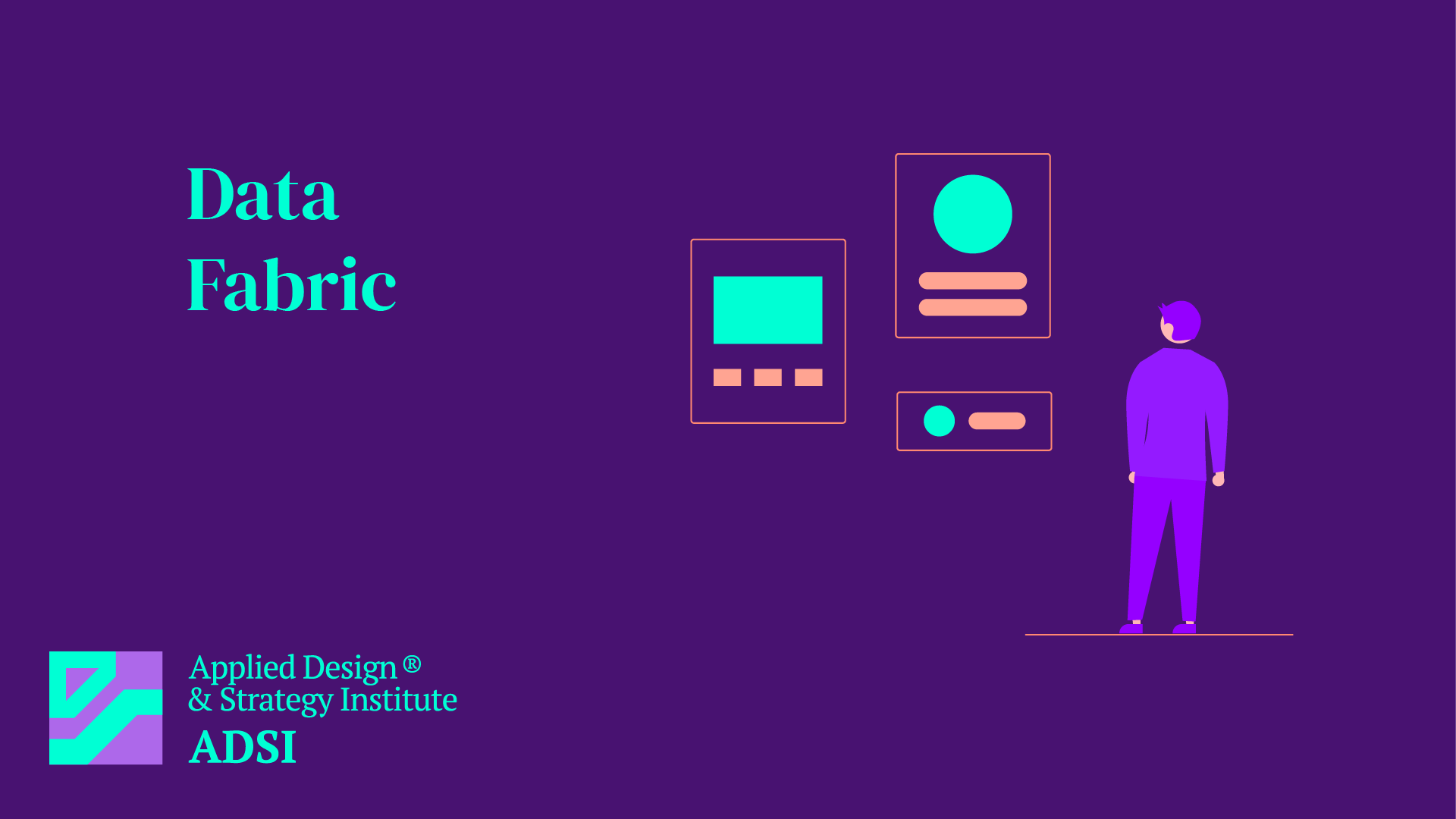Data Fabric
Data Fabric: The Backbone of Modern Data Integration and Management
Introduction
Data Fabric is an emerging concept in the field of data management, representing a cohesive and integrated layer of data across an organization. It’s a framework that ensures seamless data access and sharing across various environments, from on-premises databases to cloud services.
Understanding Data Fabric
Data Fabric combines different technologies and processes to create a unified, intelligent, and flexible architecture. It includes:
- Data Integration: Combining data from different sources.
- Data Cataloging: Organizing data to make it easily discoverable.
- Data Governance: Ensuring data quality and compliance.
- Data Protection: Securing data across the network.
The Importance of Data Fabric
- Agility: Enables businesses to quickly respond to changing data needs and opportunities.
- Scalability: Facilitates the handling of increasing volumes and varieties of data.
- Efficiency: Improves data management processes, reducing complexity and cost.
Key Components of a Data Fabric Architecture
- Data Access and Integration: Tools and techniques for accessing and integrating data from diverse sources.
- Data Orchestration: Coordinating data flow across different systems and processes.
- Analytics and Intelligence: Embedding analytics and artificial intelligence to derive insights from data.
Implementing Data Fabric in an Organization
- Start with a Clear Strategy: Understand the organization’s data needs and challenges.
- Choose the Right Technologies: Select tools and platforms that align with the data fabric objectives.
- Focus on Data Governance: Ensure robust governance practices are in place for data quality and compliance.
- Continual Evolution: Adapt and evolve the data fabric as technology and business needs change.
Challenges and Considerations
- Complexity: Implementing a data fabric can be technically complex.
- Integration of Legacy Systems: Integrating existing systems with new technologies.
- Skill Requirements: Need for skilled professionals who understand various aspects of data management.
The Future of Data Fabric
As organizations deal with increasing amounts of data and a growing need for data-driven decision-making, the role of data fabric becomes more critical. It’s seen as the future of enterprise data management, enabling more agile, intelligent, and comprehensive handling of data assets.
Conclusion
Data Fabric represents a significant leap forward in how organizations manage and utilize data. By providing a comprehensive and integrated framework for data management, it helps organizations navigate the complexities of modern data landscapes. In an increasingly data-driven world, the implementation of a data fabric strategy is becoming essential for businesses looking to gain a competitive edge through effective data utilization



Leave a Reply